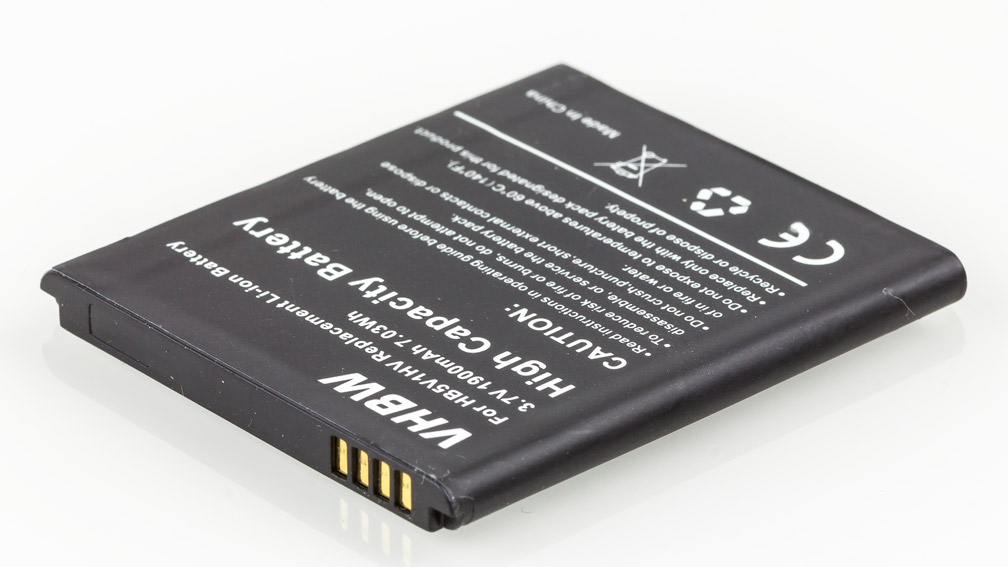A lithium-based or lithium-ion battery is a type of rechargeable battery in which lithium-ions are kinetic. They move from the negative electrode to the positive electrode during discharge and back when charging.
Rechargeable Lithium-ion batteries are common and power sources of choice for various home and portable electronics; most are gadgets like cellular phones, laptops, cameras etc. and are gradually finding applications in automobile industries.
Why is lithium good for batteries?
Because of the inherent instability of lithium metal especially during charging, research shifted to a non-metallic lithium battery using lithium-ions. Although slightly lower in energy density than lithium metal, lithium-ion is safe provided certain precautions are met when charging and discharging. Lithium-ion has not yet fully matured and is still improving. Notable advancements have been made in longevity and safety while the capacity is increasing incrementally.
We can’t deny the fact that today’s era is a mobile world. That being said, battery life is very precious. Everywhere you go you would find someone charging; maybe in an outlet in a coffee bar, or in the airport, restaurants. Some charge through portable charging stations – power banks.
It doesn’t take long to learn what helps preserve the current charge on the battery . What’s not well known is how to take care for the battery itself; that’s just as important. Doing so allows the battery to operate efficiently.
How long do lithium ion batteries last?
Despite their attractive properties, lithium-ion batteries which are rich in cathode materials suffer from certain drawbacks like reduction in battery voltage upon cycling. If the voltage of a lithium-ion cell drops below a certain level, it’s ruined; lithium-ion batteries age. They only last two to three years, even if they are unused.
What grounds Lithium-ion to Age?
The lithium-ion battery works on ion movement between the positive and negative electrodes. In theory, such a mechanism should work forever; but cycling, elevated temperature and aging decrease the performance over time. Manufacturers take a conservative approach and specify the life of lithium-ion in most consumer products as being between 300 and 500 discharge/charge cycles.
Evaluating battery life on counting cycles is not conclusive because a discharge may vary in depth and there are no clearly defined standards of what constitutes a cycle. In lieu of cycle count, some device manufacturers suggest battery replacement on a date stamp; this method does not take usage into account. A battery may fail within the allotted time due to heavy use or unfavorable temperature conditions. Most packs last considerably longer than what the stamp indicates. The performance of a battery is measured in capacity – a leading health indicator. Internal resistance and self-discharge also play roles, but these are less significant in predicting the end of battery life with modern lithium-ion.
A few tips to keep your lithium-ion batteries healthy and prolong its lifespan:
Maintain your batteries at room temperature
That means between 20 and 25 degrees C. The worst thing that can happen to a lithium-ion battery is to be fully charged and be subjected to elevated temperatures. So don’t leave or charge your mobile device’s battery in your car if it’s hot out. Heat is by far the largest factor when it comes to reducing lithium-ion battery life.
Try getting a high-capacity lithium-ion battery instead of carrying a spare
Batteries weaken over time, whether they’re being used or not. Therefore, a spare battery won’t last much longer than the one in use. It’s important to remember the aging characteristic when purchasing batteries. Make sure to ask for ones with the most recent manufacturing date.
Allow partial discharges and avoid full ones
The lithium-ion batteries do not have a charge memory like NiCad batteries. That connotes full discharge cycles are not required. In fact, it’s better for the battery to use partial-discharge cycles. However, there is one exception, battery experts suggest that after 30 charges, you should allow lithium-ion batteries to almost wholly discharge. Continuous partial discharges create a condition called digital memory, decreasing the accuracy of the device’s power gauge. So let the battery discharge to the cut-off point and then recharge – the power gauge will be regulated.
Avoid completely discharging lithium-ion batteries
Instead of discharging to 0% all the time, lithium-ion batteries do best when you discharge them for a little bit, then charge them for a little bit. If a lithium-ion battery is discharged below 2.5 volts per cell, a safety circuit built into the battery opens and the battery appears to be dead. The original charger will be of no use. Only battery analyzers with the boost function have a chance of recharging the battery. Also, for safety reasons do not recharge deeply discharged lithium-ion batteries if they have been stored in that condition for several months.
Don’t leave it fully charged.
In the same way, lithium-ion batteries don’t need to be charged all the way to 100%. In fact, they’d prefer not to be, which means that the 40%-80% rule given is a good guideline. When possible, keep it in that range to prolong its life as long as you can. In addition, if you do charge it to 100%, don’t leave it plugged in. This is something most of us do, but it’s another thing that will degrade your battery’s health.
Store the lithium-ion battery in a cool place for extended storage and discharge it to about 40 percent.
An extra and replica or clone battery would never last as long as the original battery even if it was stored fully charged. That means oxidation of lithium-ion is at its highest rate. Storing lithium-ion batteries at 40 percent discharge and in the refrigerator is recommended.
Lithium-ion batteries are a huge improvement over precious types of batteries. Most of this should last a few years but improper care can decrease its lifespan. Keep those tips/guidelines in mind and your battery will last longer. However, these are just guidelines to keep it healthy for as long as possible and remember that your battery is going to die in a few years, no matter what you do.

